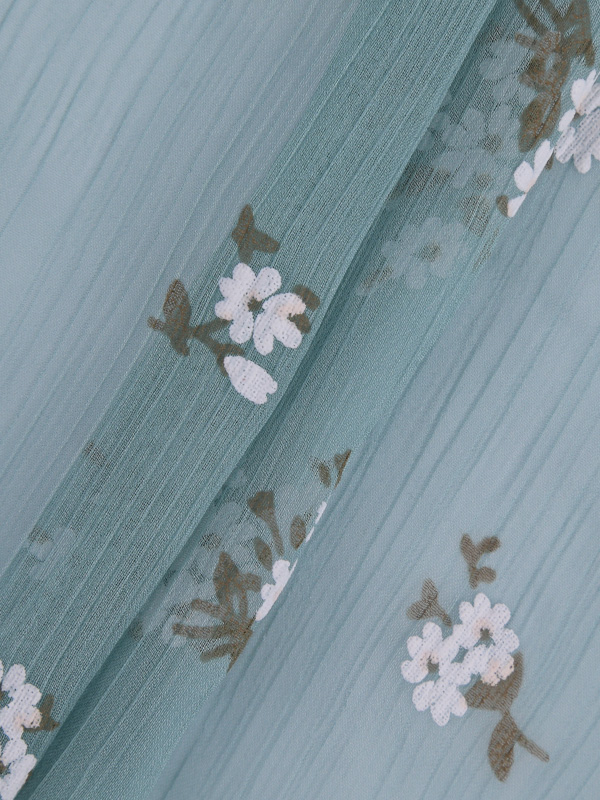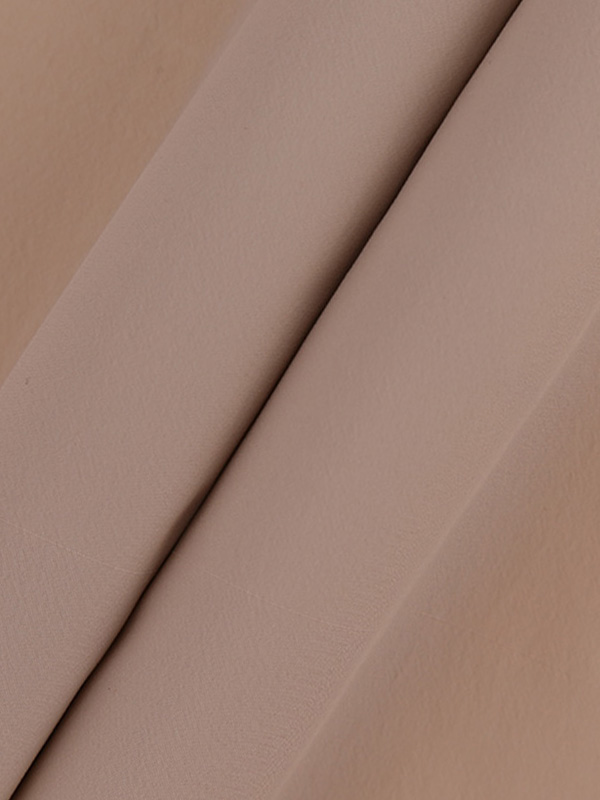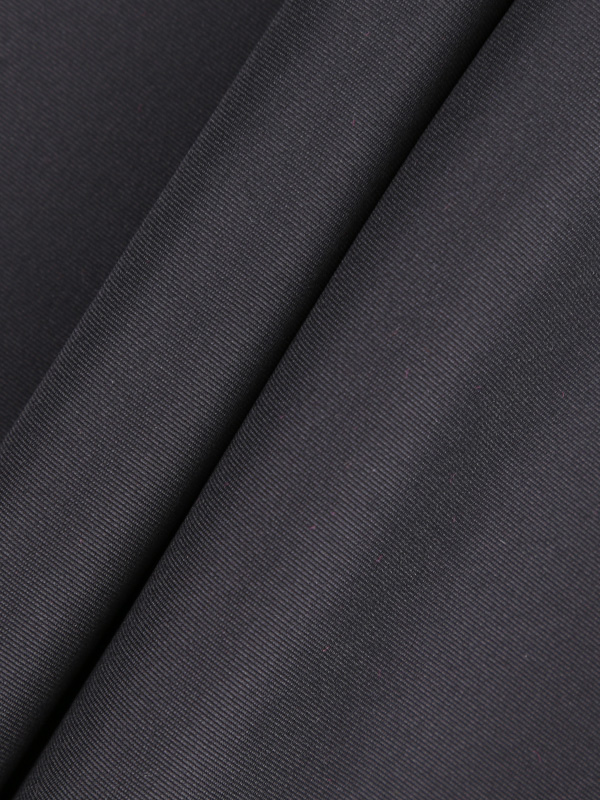"This year's fabric companies speak better"? The epidemic has brought more changes to the industry
The 2020 China International Textile Fabrics and Accessories (Autumn and Winter) Expo will continue to attract attention from all over the world. This year, the exhibition ushered in a large group of powerful super buyers. They organized a group for centralized procurement, which brought more business opportunities to this exhibition.
"This year's fabric companies are talking better"? The epidemic has brought more changes to the industry. At the Super Buyers Group matchmaking meeting, facing the clothing purchase booths, fabric exhibitors pushed carts, pulled suitcases, and held samples to talk to buyers in batches. , The atmosphere on site is warm. A reporter from "China Textile News" interviewed relevant persons in charge of a number of companies during the matchmaking meeting, and they talked about their feelings and opinions on this year's fabric market.
Change from large batch to small order
The unexpected epidemic has changed people’s lives, and profound changes have taken place in all walks of life. The changes in fabric companies have also been seen by clothing brands.
"This year's fabric companies speak better." Jiang Chunjing, founder of the Ge3.21 brand, lamented that as a designer brand, the brand often cannot find high-quality fabric factories to take orders because of limited orders. But this year, due to the special market conditions, many fabric companies have put down their stance, and small orders are also actively seeking.
Ding Ling, Purchasing Manager of Hangzhou Fusen Clothing Co., Ltd., has the same feeling: “In the past, some fabric manufacturers were disdainful of small order business, thinking that their profits were limited. But this year, the situation is different. Fabric companies are beginning to realize that they must Paying more attention to small and medium-sized clothing brands, I can feel that the orders of fabric companies have begun to shift from large batches to small batches, and even close to the way of retail order delivery."
"Nowadays, consumers are easy to be planted by Internet celebrity anchors and designers, and these are usually small teams, and the order volume is not very large." Jiang Chunjing believes that in the era of personalization and customization, there are small orders for multiple categories. It is an inevitable trend. In this regard, a number of relevant persons in charge of fabric companies said that under the special background of this year, companies are trying a new business model. The source of profits should no longer rely on traditional "big brand customers", but from those large numbers , Niche brands whose orders are easily overlooked.
"Enterprises should break from the previous thinking model of relying on large orders to raise factories, and start to learn to accumulate small orders by fragmented orders, which will converge into a huge market effect." said Zhou Weigang, Director of Sales Department 3 of Jiangsu Jinchen Knitting Textile Co., Ltd. In the future, fabric companies must adapt to the flexible MOQ requirements of downstream brands.
Of course, relying on large customers to obtain stable and large-scale orders is still the main idea of fabric companies. Relevant person in charge of Shaoxing Jiarui Printing and Dyeing Co., Ltd., Zhan Lingjuan, said: “The epidemic has little impact on us. Although the company's business is mainly foreign trade, it has long-term and close business relationships with large supermarkets such as Wal-Mart. Stable, the factory is running at full capacity to ensure the delivery of orders on time."
From "price war" to "value war"
But not all fabric companies are as lucky as Garry Printing and Dyeing. Due to the hindrance of foreign trade, there are not a few fabric companies that want to expand the proportion of domestic trade business, which has further increased the pressure on the textile domestic trade market, which has been too much. The most direct means of competition is to fight a "price war", which has also caused many companies to have to lower the price of fabrics.
The relevant person in charge of Huzhou Boys and Girls Brand Management Co., Ltd. admitted that price is indeed the biggest issue between fabric companies and clothing brands, but he does not approve that the "price war" is recurring at this time. "Some clothing companies purchase fabrics at low prices in order to maximize their own interests. One situation among fabric companies is to insist on their own prices, which leads to clothing companies looking for other suppliers to imitate this fabric in order to reduce procurement costs. This damages the interests of fabric manufacturers; another situation is that the fabric companies have promised to lower their prices a little bit, but the actual products are “lack of weight” in terms of quality.” He analyzed that this will inevitably lead to the style of clothing. The effect is greatly reduced, so it affects the sales of clothing, and it is not uncommon to cause inventory backlogs. In his view, fabric and clothing companies should maintain a certain level of reasonable profit distribution, and they should be honest with each other to achieve long-term development.
"Although the'price war' can quickly attract passenger flow, it will also create price dependence for consumers, making them only expect promotional prices, or create the wrong impression that the company's products are only worth this price. The same is true for fabric companies." Relevant person in charge of Laimei Garment Co., Ltd. Wang Long said: "Manufacturers usually have relatively weak development capabilities for relatively cheap fabrics. Other suppliers are easy to follow suit and are only suitable for large-scale goods. We hope that fabric suppliers can provide customers with more More, better, and more attractive products, focusing on popularity and fashion, rather than developing them purely according to samples."
"Fabric is the soul of clothing, and quality is always the guarantee for fabrics to be outdated." Wang Huaguo, manager of Nantong Huakai Textile Co., Ltd., said that the development of new fabrics will indeed add a lot of costs to the company, including the cost of imported raw materials, production costs and professional institutions. Testing costs, etc., but all of this is worth it, because companies must take the innovative route. "Our R&D team has to design and develop as many as 100 new varieties in one month. In our business philosophy, the inspiration we want to provide to our customers is not only the collection of creativity throughout the year, but also the monthly Creativity and forward thinking."
Explore new business opportunities from new demands
2020 is destined to be an unstable year.
Regarding the follow-up market, Chen Song, the regional manager of Guangdong Qianjin Denim Co., Ltd., said: "Improving standardization is the focus of upgrading the entire apparel industry in the past 10 years, but next, it is likely to shift to the development of functional products." He introduced Even without this epidemic, some functional fabrics have shown an upward trend in market sales. "With the improvement of living standards, everyone has put forward higher requirements for the functionality of fabrics, such as light and thin warmth, fast drying, etc.. In the general environment of this epidemic, some functions will be unearthed to do more Applications."
At the matchmaking site, the reporter also saw Epson (China) Co., Ltd. Epson Business Specialist Huang Chaoying told reporters that this time the company was visiting downstream customers at the China International Textile Fabrics and Accessories (Autumn and Winter) Expo. "In 2020, the overall economic development will slow down. In the face of such changes in market demand, digital printing has become more and more obvious with its advantages of greenness and customization. Downstream customers report that their digital printing business has risen against the trend this year. Fabric companies are very optimistic about the follow-up development of this business."
The market will not always linger in the trough. According to a McKinsey survey report, compared with before the epidemic, the outbreak of the epidemic this year has caused some orders to return to China this year. According to investigations before the epidemic, no buyers plan to increase purchases from China in the next five years, and now 13% of purchasing executives expect the share from China to increase, that is, the epidemic has slowed the trend of transferring purchases out of China.
Regarding the follow-up trend of the market, many heads of fabric and clothing companies said that with the successive introduction of various policies and measures to promote consumption, my country's economy continues to improve, consumption power is steadily rebounding, and sales are improving. "The impact of the epidemic is only temporary, and we are still full of confidence in the textile market."


 English
English Chinese
Chinese



